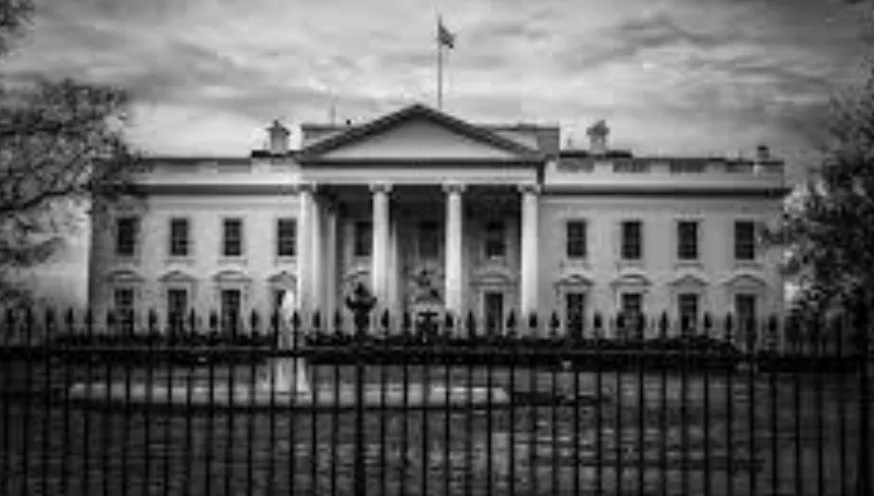This report covers trinidad tobago: heroes foundation with key details and context.
This report covers trinidad tobago: heroes foundation with key details and context.
Lawrence Arjoon, the CEO of the Heroes Foundation, expressed his thoughts regarding the report from a cabinet-appointed committee that was established to review statues, monuments, and signage in Trinidad and Tobago. His reflections were shared in a social media post on September 23, the eve of Republic Day, where he requested that Prime Minister Kamla Persad-Bissessar and her cabinet reconsider the report.
In a subsequent phone interview on September 25, Arjoon elaborated on his views, noting that the committee submitted its final report to former Prime Minister Dr. Keith Rowley on February 25 after two years of national engagement and research. He mentioned that there was an expectation for the report to be made available for public review and engagement, which did not occur.
Arjoon highlighted that the report included contributions from 379 individuals and 56 organizations, reflecting a wide range of perspectives on national identity, heritage, and representation. He emphasized that the report contained valuable recommendations, including those related to the Christopher Columbus monument, as well as definitions for key concepts such as space, place, heritage, culture, cultural identity, and national identity. These definitions are seen as essential for public understanding and policy development.
Additionally, the report proposed a national policy regarding statues, monuments, and public spaces, outlining a process for placement, removal, and renaming, along with a simplified Heritage Impact Assessment (HIA) framework. It also suggested the creation of a centralized digital platform to document and educate the public on heritage and culture.
trinidad tobago: heroes foundation: key developments so far.
During the interview, Arjoon noted that the report had not been made public when it was submitted to the previous government. He expressed concern that the report might be overlooked due to the change in administration following the election. While acknowledging the new government’s busy agenda, he expressed hope that the report could eventually be shared for public consideration and discussion.
Arjoon clarified that the report should not be viewed as the definitive solution but rather as a collection of recommendations that could contribute to national discussions. He stressed the importance of how statues, signs, and monuments reflect a country’s values and aspirations, and the need for public input in determining whom to honor and how to represent community stories.
He also pointed out that a transparent and enforceable system is necessary for the placement, removal, and renaming of public symbols. Arjoon emphasized the need for an educational component to help people understand their history in a fair and accurate manner, ensuring that diverse narratives are represented.
Recognizing Trinidad and Tobago’s ethnic diversity, he stated that the country’s history is not fully represented in current public displays. He advocated for the inclusion of multiple histories and stories to provide a more comprehensive understanding of Trinidadian identity.
Arjoon referenced the national motto, “Together We Aspire, Together We Achieve,” attributed to the first Prime Minister Dr. Eric Williams, as a guiding principle for fostering unity and collaboration in shaping the nation’s heritage and cultural landscape.
He reiterated his recommendation to Prime Minister Persad-Bissessar to revisit the report, expressing uncertainty about the government’s plans but hoping they would recognize its value. He acknowledged the ongoing discussions about history and identity as a motivating factor for his outreach.
Arjoon concluded by noting that managing historical commemoration and ensuring the inclusion of diverse experiences is a delicate balancing act. He cited the removal of the Christopher Columbus statue as an example of accommodating various viewpoints, which was carried out after advocacy from multiple groups. The statue is now under the care of the National Trust and will be accessible through the National Museum and Art Gallery.
Overall, Arjoon believes that the report addresses broader issues of national identity and provides a framework for shaping a heritage that reflects the country’s diversity and tells a complete story of its past, present, and future.

